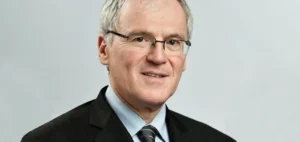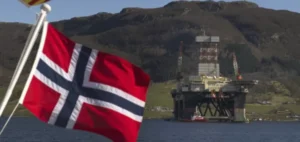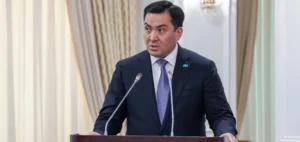Russia inaugurated on Tuesday a new nuclear-powered icebreaker that should facilitate its hydrocarbon exports to Asia via the Arctic, at a time when Moscow is reorienting its energy strategy due to Western sanctions against its offensive in Ukraine.
“The development of the (Northern Sea Routes) will allow Russia to fully realize its export potential and establish an efficient logistical route, including to Southeast Asia,” Russian President Vladimir Putin said in a speech broadcast by video conference at the commissioning ceremony in St. Petersburg (Northwest).
This new nuclear-powered ship, over 170 meters long, can break ice at depths of up to three meters.
It is the third in a series launched by the atomic energy giant Rosatom.
Named “Ural” in homage to the Russian region of the Urals (central west), it can carry up to 54 crew members, according to Rosatom.
Its deployment should ensure Russian supremacy in the Arctic, a strategy assumed by Vladimir Putin, while Moscow is confronted with the ambitions of other powers.
According to Mr. Putin, the “Ural” will operate “from December” in the Arctic, a region where Russia produces liquefied natural gas (LNG) initially destined for Europe.
But the country, the world’s largest exporter of gas and number two for oil, now wants to redirect its hydrocarbon deliveries to Asia, while the European Union has decided on a gradual embargo on its imports of Russian oil and has largely reduced those in gas to protest against the Russian attack in Ukraine.
One of the routes through the frozen waters of the Arctic, the “Northern Sea Route”, is now more easily navigable due to the melting of the ice caused by climate change.
Moscow hopes that it will increase the transport of hydrocarbons to Southeast Asia by linking the Atlantic, Pacific and Arctic oceans.
Russia, the world’s only builder and operator of nuclear icebreakers, also launched the “Yakutia” on Tuesday, of the same series as the “Ural”, but its actual entry into service is not planned until “the end of 2024”, according to Vladimir Putin.
A gigantic Russian nuclear-powered ship, more than 200 meters long, is also due to be built in 2027.






















